When shopping for a camera, you might have come across terms like Full-Frame, APS-C, Micro Four Thirds, or even 1-inch and 1/2.3-inch sensors. You might hear a salesperson say things like:
“This DSLR gives better image quality than a compact camera because it has a larger sensor!”
But what exactly does sensor size mean, and why does it matter?
Let’s break it down step by step — in plain language.
What Is Sensor Size?
Every digital camera has an image sensor — the part that captures light to form a photo. These sensors come in different physical sizes, and yes, size really does matter in photography.
Here’s a quick visual comparison of common sensor sizes (to scale):
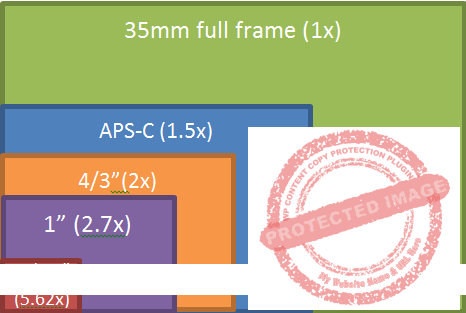
You’ll notice that a Full-Frame sensor is much larger than a 1/2.3″ sensor found in most point-and-shoot (P&S) and phone cameras. The chart also shows something called the crop factor — we’ll explain that shortly.
1. Camera Size
Generally, larger sensors require larger camera bodies and lenses to accommodate them. Here’s how sensor sizes typically align with camera types:
| Sensor Size | Available In |
| 1/ 2.3” | P&S, action cameras, phones |
| 1” | P&S, action cameras, phones |
| Micro 4/3 | Mirrorless |
| APS-C | Mirrorless, DSLR |
| Full Frame (FF) | Mirrorless, DSLR |
While technology has improved (some full-frame sensors now fit in compact bodies), these are still exceptions — and usually pricey!
2. Crop Factor
Here’s where things get a bit technical, but hang in there — this is important.
What Is Crop Factor?
Crop factor is a number that tells you how a camera’s sensor compares in size to a full-frame (35mm) sensor. Below are some examples of the crop factor (also shown in the sensor size comparison chart earlier).
- Full-frame = crop factor of 1.0
- APS-C = crop factor of 1.5x or 1.6x
- 1/2.3″ = crop factor of ~5.6x
This number affects how much of the scene your lens captures — called the field of view.
Based on the formula below, the smaller the camera image sensor size, the higher the crop factor.

Real-Life Example:
Due to the crop factor, the same focal length on different image sensor size cameras give different angle of view.


I use a 24mm lens with a Full-Frame (FF) and APS-C camera for the examples above. When you multiply the crop factor to the lens’s focal length to get the 35 mm equivalent focal length, you realize that the same 24 mm lens on a APS-C camera gives a narrower view, which is a huge difference!
Let’s say you’re using a 24mm lens:
- On a FF camera, it stays 24mm — wide and great for landscapes.
- On an APS-C camera, it acts like 36mm (24 × 1.5) — a bit tighter.
The smaller the sensor, the narrower the field of view — even with the same lens focal length.
What Is 35mm Equivalent?
When photographers talk about 35mm equivalent focal length, they’re referring to how a lens appears on different sensor sizes compared to a full-frame (35mm) camera.
On FF and APS-C cameras, lenses are labeled with their actual focal length (e.g. 24mm, 50mm). But because smaller sensors crop the image, the field of view is narrower — so we apply a crop factor to get the equivalent field of view.
Thankfully, compact cameras and smartphones usually show the 35mm equivalent focal length in their specs — so you don’t need to do the math.
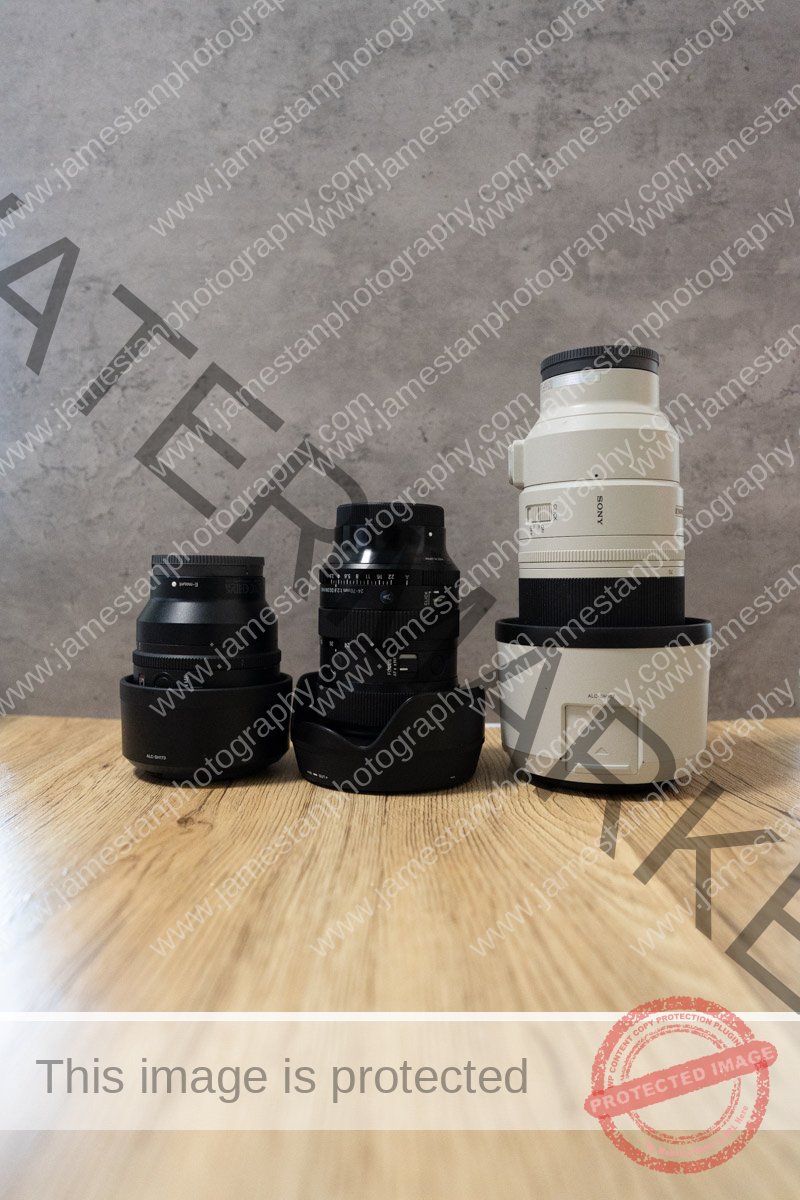


For example, the 1″ camera used above has an actual focal length of 7.9mm (3.04x crop factor) but it is advertised as 24mm (in 35mm equivalent). On the other hand, the iPhone camera used above has an actual focal length of 5.96mm (4.362x crop factor) but it is advertisedas 26mm (in 35mm equivalent).
Even though these lenses are very short in physical focal length, their field of view feels similar to a wide-angle 24–26mm lens on a full-frame camera.
3. Price
As a rule of thumb: larger sensors = higher price.
For example, an APS-C camera will almost always be cheaper than a full-frame camera of the same generation and brand — even if other features are similar.
That’s because larger sensors are more expensive to manufacture, and they require larger, pricier lenses too.
4. Noise Level
A bigger sensor also tends to deliver better image quality, especially in low light.
Here’s why: for the same megapixel count, a larger sensor has larger individual pixels, which can collect more light (photons). This results in:
- Less digital noise
- Smoother colors
- Better dynamic range
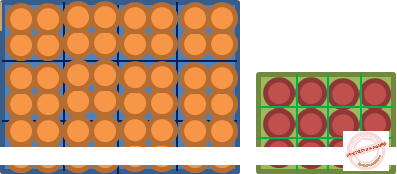
That’s why phone cameras, despite high megapixels, often struggle in dark scenes. Of course, the phone’s computational power and technologies allow it to produce incredibly clean and rich-detail photos in the dark through a different way (e.g., stacking of multiple shots)
5. Lens Size
Smaller sensors don’t need large lenses to cover the image area, which is why you’ll see compact cameras with 20x zooms in your pocket.
But trying to get a 25–500mm F2.8 lens for a full-frame camera? That’s a lens the size of your leg. (No kidding.)
So:
- Larger sensor = larger lens = heavier setup
- But also = more creative control and better results
Wait — Does Sensor Size Affect Depth of Field (DoF) Too?
This one surprises a lot of beginners — so let’s break it down clearly.
Technically, depth of field (DoF) is controlled by three things:
- The lens’s focal length
- The aperture (f-number)
- The distance to the subject (camera <> subject <> background)
So does sensor size directly affect DoF? No — not directly. But here’s where it gets tricky:
As photographers, we tend to frame our subject similarly across different cameras. And because different sensor sizes change your field of view (due to crop factor), we end up using different focal lengths and distances to get a similar composition — and that is what indirectly changes the DoF.
If you are interested to find out more about the DoF, feel free to read this post – What Affects Depth of Field in Photography?
Wait Again — Does Sensor Size Affect Dynamic Range?
Technically, no.
What Is Dynamic Range?
In simple, dynamic range affects the amount of recoverable details captured in the brightest and darkest area in one image. The higher the dynamic range, the more details can be recovered. It means that your photos will look closer to what you have seen in real life, with minimal/no blank white area (overexposed) or black area (underexposed).
Dynamic range is determined by multiple factors:
- Sensor technologies (stacked, back-side illumination (BSI), etc.)
- Sensor pixel size (larger pixel size collects more light and details)
How Do You Prove It?
To keep things simple, use a full-frame (FF) camera to take photos in both FF and APS-C crop mode. Basically, the APS-C crop mode utilizes an APS-C sensor size area on the FF sensor. Using the same camera for the testing ensures that the photos are produced by the exact same sensor technologies and same sensor pixel size.
And the result? The recoverably amount of highlights and shadows must be the same.
Why We Generally Think That Sensor Size Affects Dynamic Range?
Let’s take a look at the photo resolutions taken on a 24 Megapixels (MP) camera with FF and APS-C crop mode:
- FF – 6000 x 4000px, total 24MP
- APS-C – 3936 x 2624px, total ~ 10.3 MP
With the same sensor pixel size, a FF sensor size area can contain 24MP while an APS-C sensor size area only contains 10.3 MP.
If we want to have the same 24MP on an APS-C sensor, then the pixel size has to be shrunk so that the same sensor can fit more pixels. As a result, a 24MP FF sensor will have larger pixel size than 24MP APS-C sensor, and therefore provide a better dynamic range.
Bottom Line
So next time someone brags about getting a compact camera with “the same specs” as your bulky setup, just smile 😄
Because now, you understand what sensor size really means, and why it affects not just your photos — but also your budget, your camera bag, and your creative possibilities.


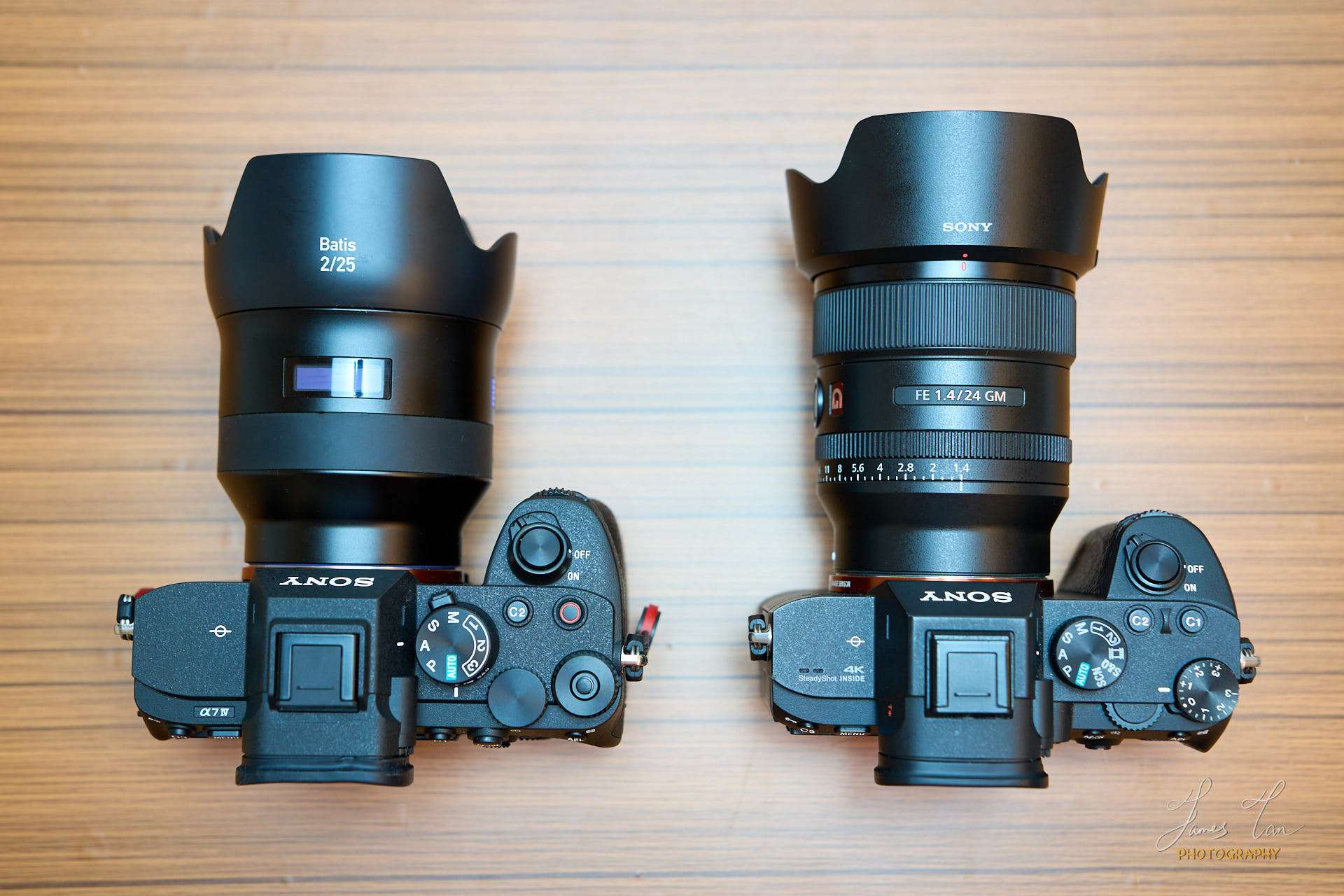
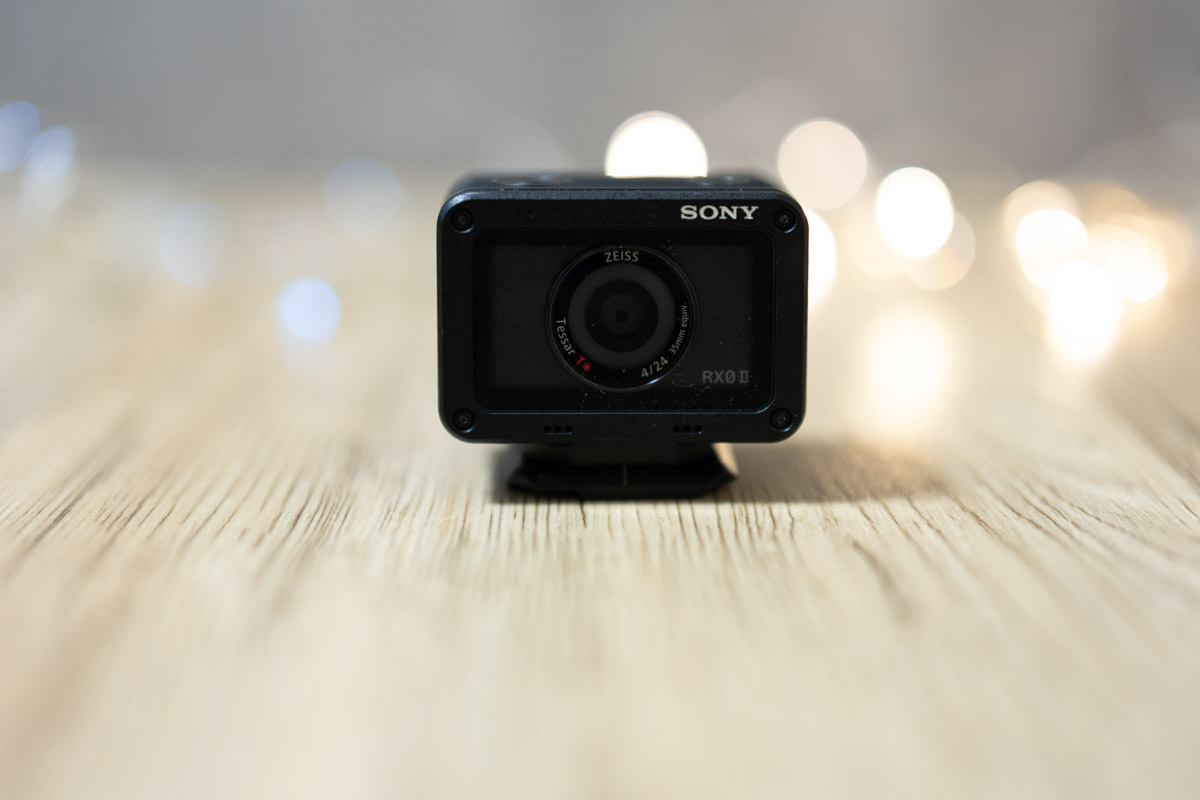
Leave a Reply